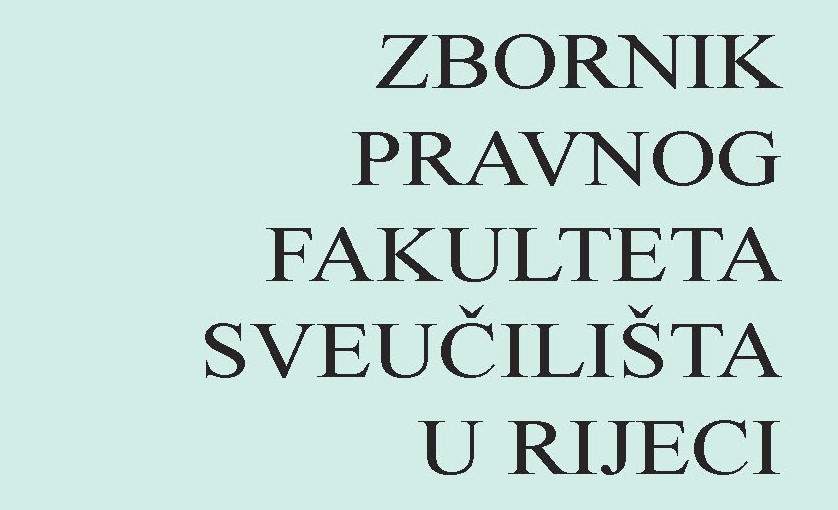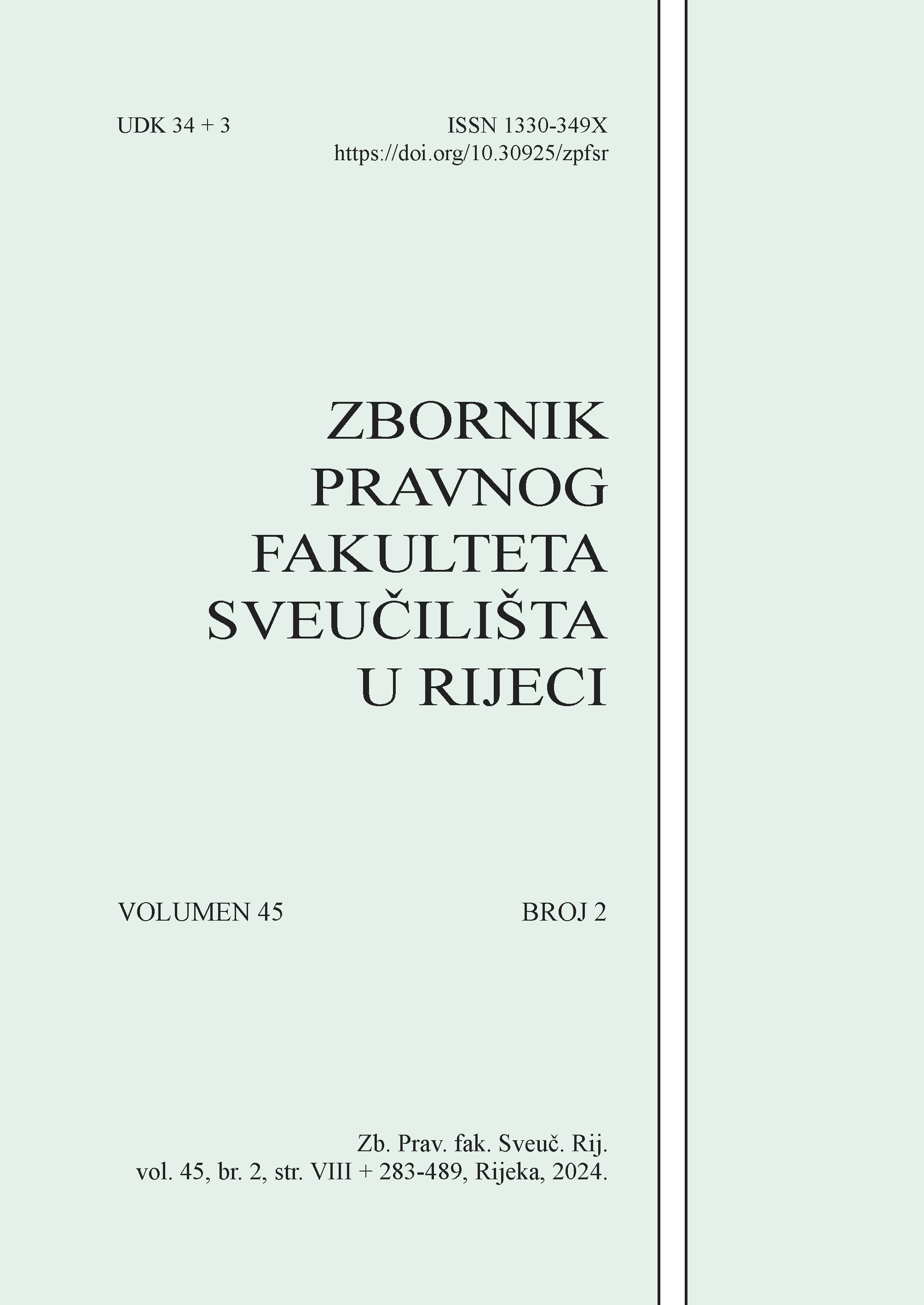INSTRUMENTS OF THE EUROPEAN UNION CREATED DURING THE PANDEMIC
A TEMPORARY SOLUTION OR A STEP TOWARDS COMPLETE FISCAL INTEGRATION?
DOI:
https://doi.org/10.30925/zpfsr.45.2.4Keywords:
European Union, NextGenerationEU, COVID-19, recovery plan.Abstract
The economy of the Member States of the European Union was adversely affected by the COVID-19 pandemic. Therefore, the EU adopted several public finance instruments to encourage their recovery. Among these, the most important measures were the adoption of the NextGenerationEU recovery plan, the SURE program and the activation of the general escape clause of the Stability and Growth Pact. The EU borrowed from the capital markets to collect more than 800 billion euros provided for the NGEU implementation. Furthermore, since the NGEU will be debt-financed, the EU has announced the creation of new resources to ensure repayment. Considering that the aforementioned measures represent novelties in the fiscal relations between the EU and the member states, this paper aims to present the course of their creation, legal foundations and, finally, their potential to change the model of the EU's fiscal federalism.
Additional Files
Published
Issue
Section
License
Copyright (c) 2024 Viktorija Pisačić

This work is licensed under a Creative Commons Attribution-NonCommercial 4.0 International License.
Collected Papers is an open access journal. Journal does not charge article processing charges (APC) to authors. It is licensed under CC BY-NC licence 4.0.
Collected Papers of the Law Faculty of the University of Rijeka" is an Open Access journal. Users are allowed to read, download, copy, redistribute, print, search and link to material, and alter, transform, or build upon the material, or use them for any other lawful purpose as long as they attribute the source in an appropriate manner according to the CC BY licence.
The papers published in "Collected Papers of the Law Faculty of the University of Rijeka" can be deposited and self-archived in the institutional and thematic repositories providing the link to the journal's web pages and HRČAK.
Upon acceptance of the manuscript for publication by this journal, the author can publish same manuscript in other journals only with the permission of the Editorial Board (secondary publication). A repeated publication should contain a notice as to where the manuscript was originally published.



